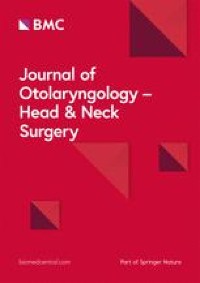Objectives/Hypothesis
To investigate the association of vitamin D level and perioperative complications in patients undergoing major head and neck surgery.
Study Design
Retrospective Cohort Study.
Methods
A retrospective chart review was performed for all patients undergoing reconstructive head and neck surgery between December 2017 and December 2019. Data regarding patient demographics, serum 25-hydroxyvitamin D (calcidiol) level, hospital course, prior radiation, and fistula formation were collected. Patients were categorized by serum calcidiol level as deficient (<20 ng/mL) or sufficient (≧20 ng/mL) and outcomes were compared between groups.
Results
Fifty-seven patients were included in the analysis. Average age at time of surgery was 62.6 ± 10.6 years. Patients with vitamin D levels <20 ng/mL were considered deficient and ≧20 ng/mL were considered sufficient. Individuals in the deficient group (n = 29) had a mean serum calcidiol level of 13.95 ± 3.95 ng/mL, whereas those in the sufficient group (n = 28) had a mean calcidiol level of 28.53 ± 5.73 ng/mL. The rate of fistula was 41.4% in the deficient group, whereas patients in the sufficient group had a rate of fistula of 14.3% (P = .038). On multivariate analysis, higher serum calcidiol level above 20 ng/mL was associated with a lower likelihood of developing fistulae with an odds ratio 0.830 (95% confidence interval: 0.718–0.960, P = .012).
Conclusion
Vitamin D deficiency may play a role in development of fistula after major head and neck surgery.
Level of Evidence
4 Laryngoscope, 2021



